Frogs are some of the most fascinating and diverse creatures in the animal kingdom. With their vibrant colors, unique sounds, and remarkable jumping abilities, frogs captivate the imaginations of both children and adults. They play a crucial role in many ecosystems, serving as indicators of environmental health and helping control insect populations.
In this blog post, we’ve compiled 10 delightful frog coloring pages that are perfect for kids who love animals and enjoy creative activities. Alongside these engaging coloring pages, you’ll find interesting facts about frogs that will make the coloring experience both fun and educational.
Age Range: Who Can Enjoy These Coloring Pages?
Our collection of frog coloring pages is designed to be enjoyable for children across a variety of age groups, ensuring that every child can find something they love:
Toddlers (Ages 2-4)
For the youngest artists, we have simple and bold outlines of frogs that are easy for small hands to color. These pages help toddlers develop their fine motor skills and introduce them to the basic shapes and colors of these amphibians.
Preschoolers (Ages 4-6)
Preschoolers will enjoy slightly more detailed illustrations that encourage them to use a variety of colors and practice coloring within the lines. These pages are excellent for enhancing hand-eye coordination and fostering creativity.
Early Elementary (Ages 6-8)
Children in early elementary school can explore more intricate designs that challenge them to think creatively about color patterns and experiment with different coloring techniques. These pages help improve concentration and attention to detail.
Older Kids (Ages 8-12)
Older kids will find complex and detailed illustrations that allow for greater artistic expression. These pages offer an opportunity to experiment with shading, blending, and other advanced coloring techniques, making the activity both fun and challenging.
Fun Facts About Frogs
As your child colors these frog-themed pages, share these intriguing facts about frogs to enhance their understanding and appreciation of these remarkable creatures:
Frog Species and Habitats
- There are over 6,000 species of frogs. Frogs are incredibly diverse and can be found on every continent except Antarctica, in habitats ranging from tropical rainforests to arid deserts.
- Frogs live in various environments. They are commonly found in wetlands, ponds, rivers, and forests, where they thrive in damp conditions that support their life cycle.
Physical Characteristics
- Frogs have smooth, moist skin. Their skin is essential for respiration and hydration, and it often secretes a protective layer of mucus to keep them moist.
- They have long, powerful legs. Frogs are known for their impressive jumping abilities, which are aided by their strong, muscular hind legs. They can leap many times their body length in a single bound.
- Frogs have bulging eyes. Their large, protruding eyes provide them with a wide field of vision, allowing them to spot predators and prey from various angles.
Behavior and Diet
- Frogs are carnivorous. Most adult frogs primarily eat insects, worms, and other small invertebrates. Some larger species may even consume small fish, rodents, or other frogs.
- Frogs use their tongues to catch prey. Their long, sticky tongues are highly effective at capturing insects and other small prey, which they then swallow whole.
- Frogs are often vocal. Many frog species produce distinctive calls, which they use to attract mates, mark territory, and communicate with other frogs.
Reproduction and Life Cycle
- Frogs undergo metamorphosis. They start life as eggs, which hatch into tadpoles. Tadpoles then undergo a transformation, or metamorphosis, into adult frogs, developing legs and losing their tails in the process.
- Frogs lay eggs in water. Most frog species lay their eggs in water, where the developing tadpoles can swim and grow. Some species lay their eggs on land and have unique methods of protecting them until they hatch.
- Frog eggs and tadpoles have different appearances. Frog eggs are usually laid in clusters or strings, and tadpoles are small, fish-like larvae with tails that gradually change as they mature into frogs.
Conservation and Threats
- Many frog species are endangered. Habitat loss, pollution, climate change, and disease (such as chytridiomycosis) are major threats to frog populations worldwide.
- Frogs play a vital ecological role. They are important for controlling insect populations and serving as prey for various predators, including birds, reptiles, and mammals.
- Conservation efforts are crucial. Protecting their natural habitats, reducing pollution, and addressing diseases are essential steps in ensuring the survival of frog species.
Explore Frog Coloring Pages for Kids
Frog Coloring Page 1 for Kids
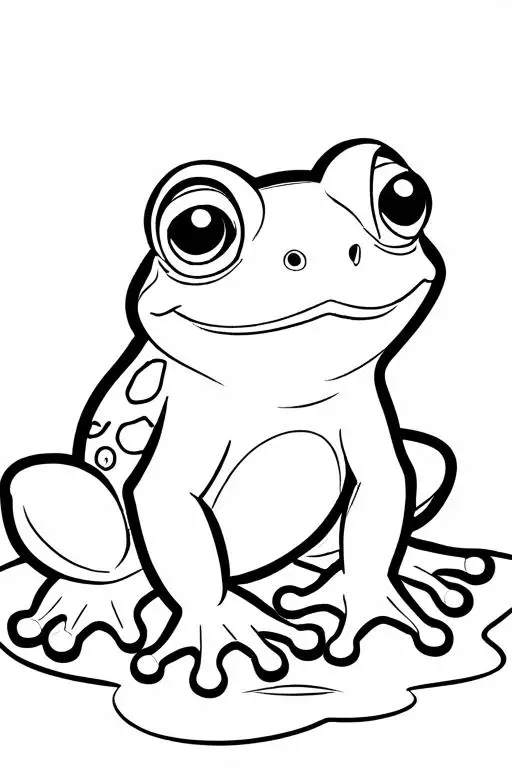
Frog Coloring Page 2 for Kids
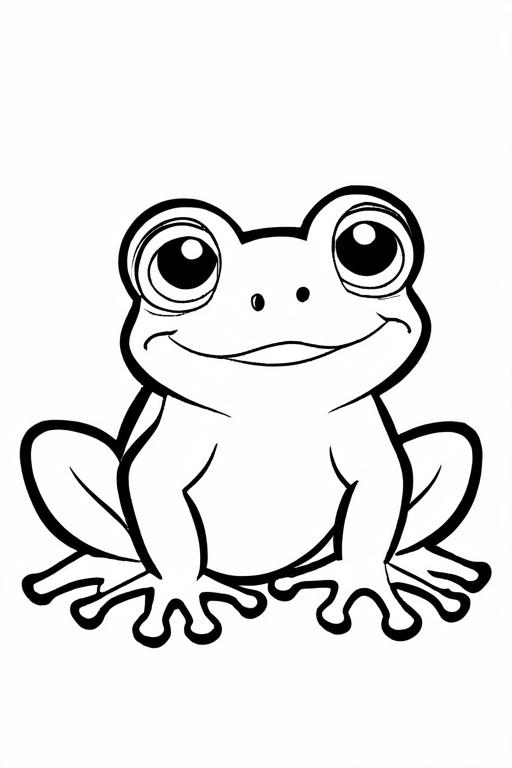
Frog Coloring Page 3 for Kids
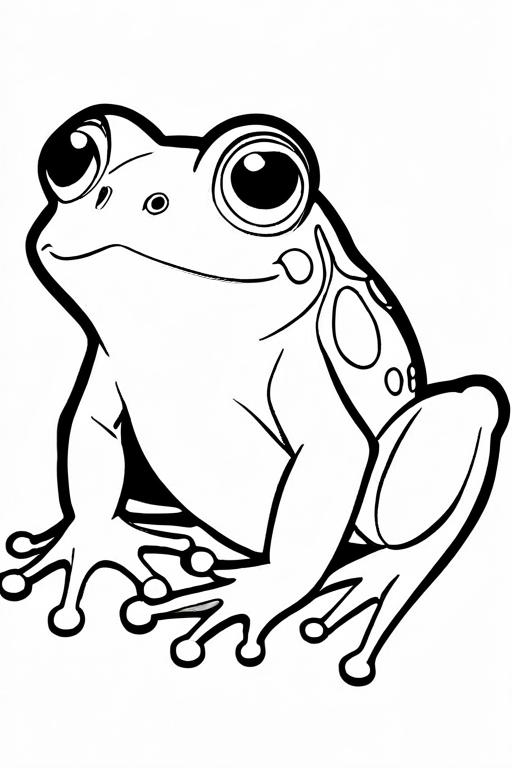
Frog Coloring Page 4 for Kids
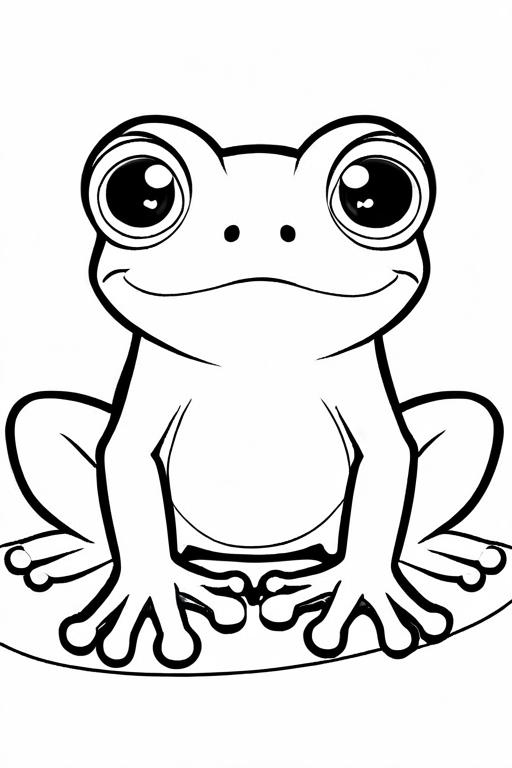
Frog Coloring Page 5 for Kids
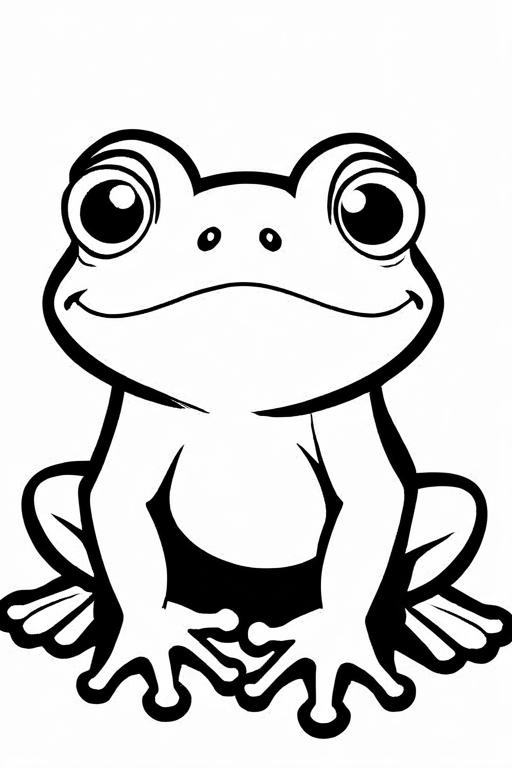
Frog Coloring Page 6 for Kids
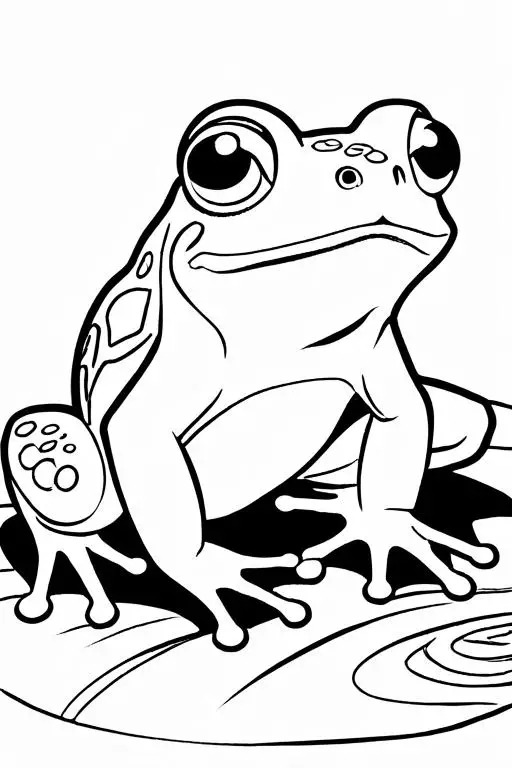
Frog Coloring Page 7 for Kids
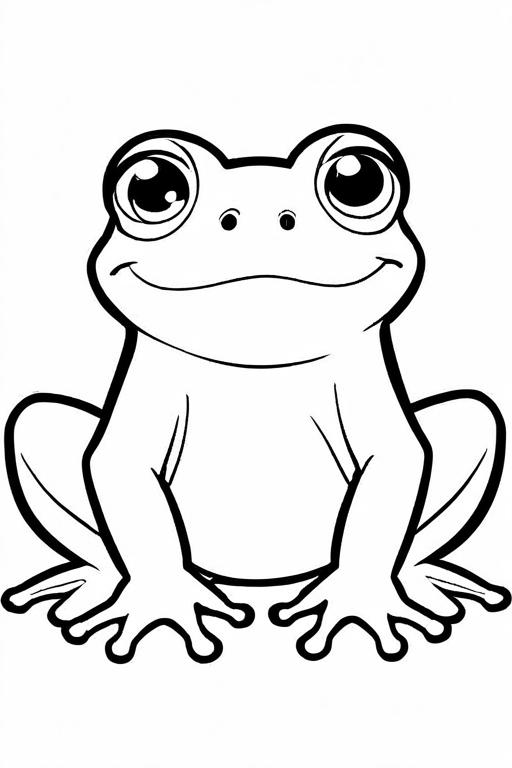
Frog Coloring Page 8 for Kids

Frog Coloring Page 9 for Kids
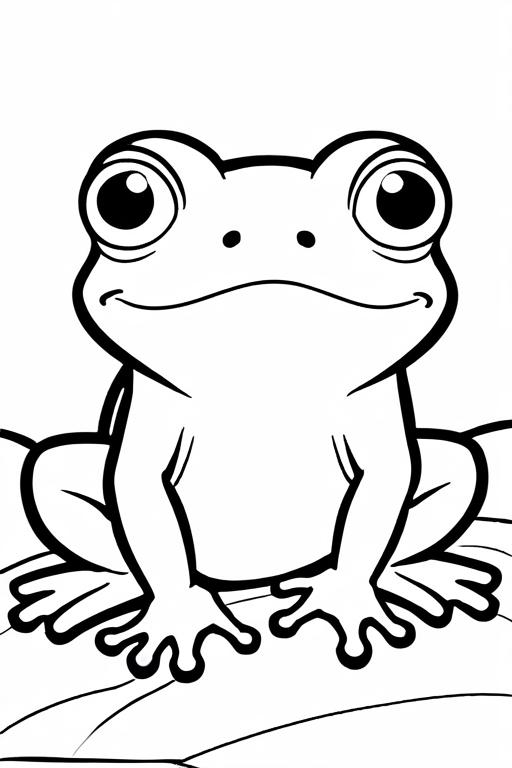
Frog Coloring Page 10 for Kids
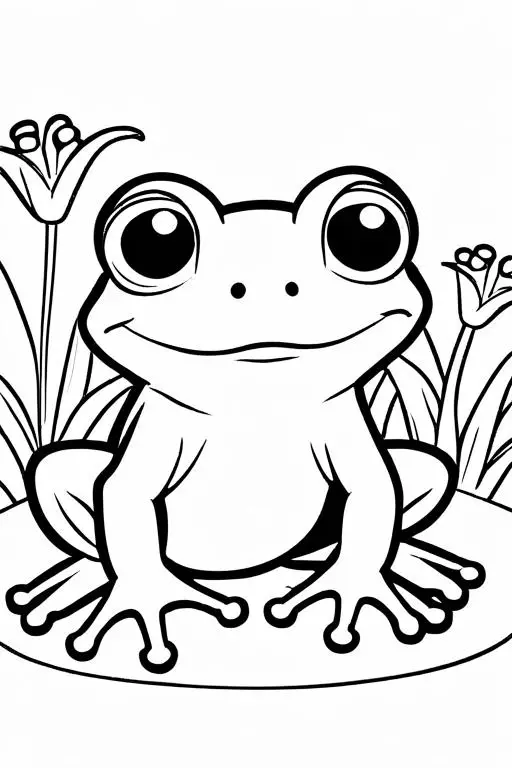
Conclusion
Frogs are truly remarkable creatures with their diverse appearances, unique behaviors, and essential roles in their ecosystems. These 10 frog coloring pages provide children with an engaging and educational way to learn about these fascinating amphibians while developing their artistic skills. Whether your child is just starting to explore the world of coloring or is already an experienced artist, these pages offer a fun and enriching activity that will keep them entertained and informed.
So, gather some crayons, colored pencils, or markers, and let your child dive into the colorful world of frogs with these delightful coloring pages. As they color, they’ll not only enhance their artistic abilities but also gain a deeper understanding and appreciation for one of nature’s most intriguing creatures.

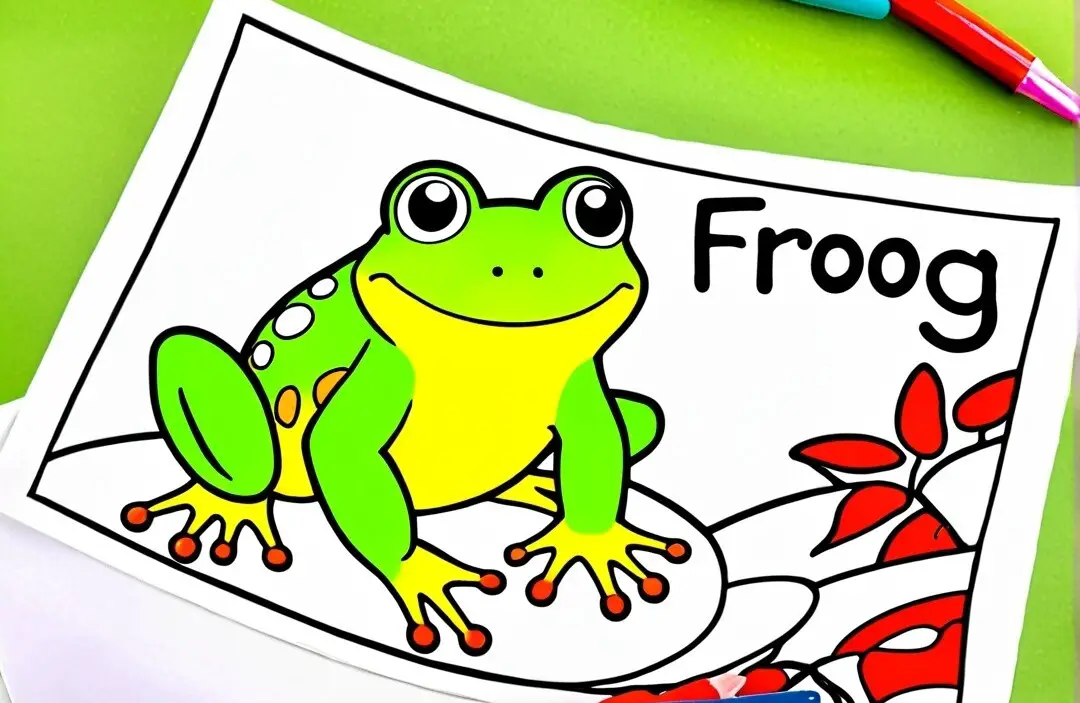
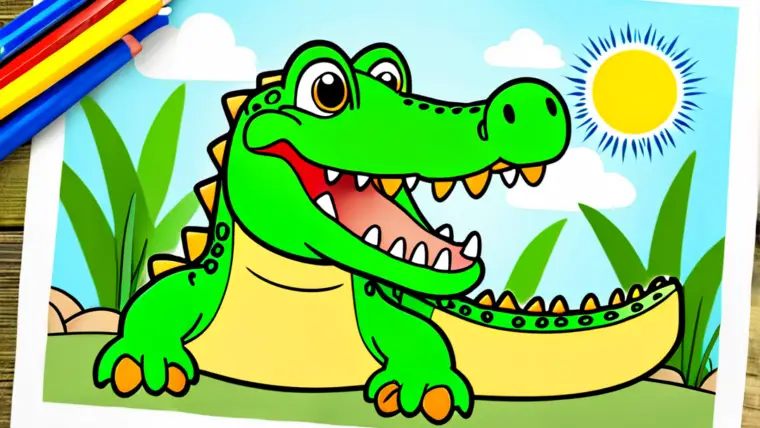
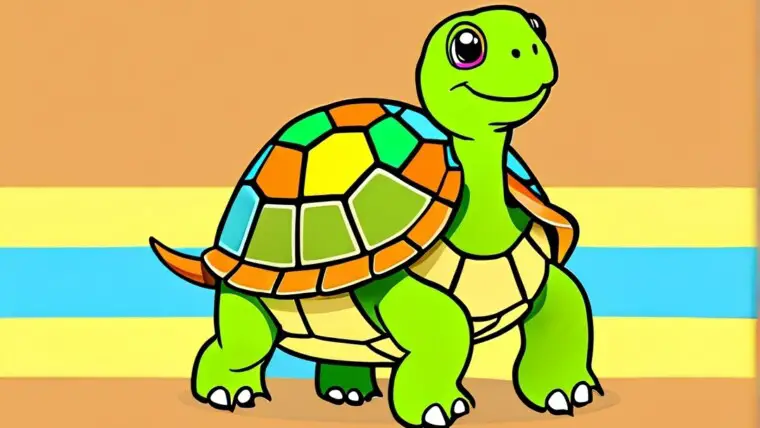
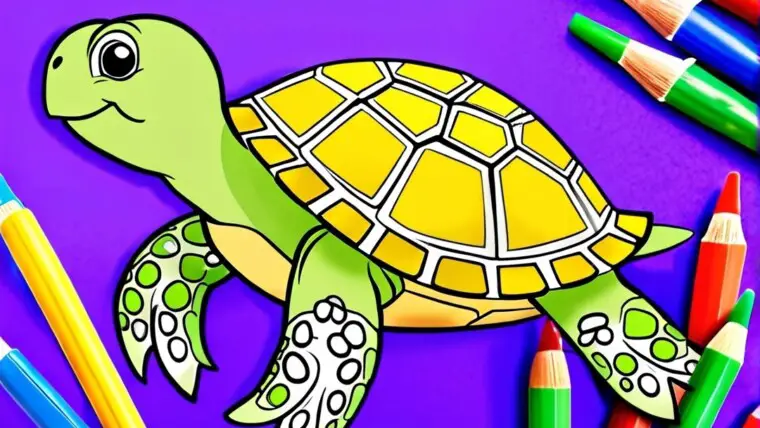
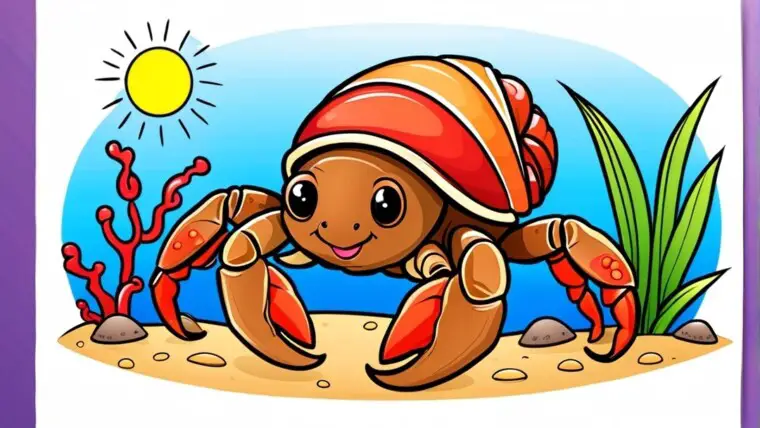
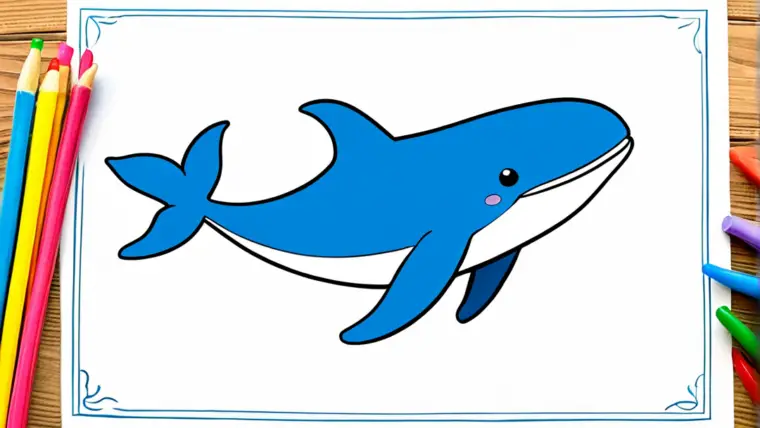
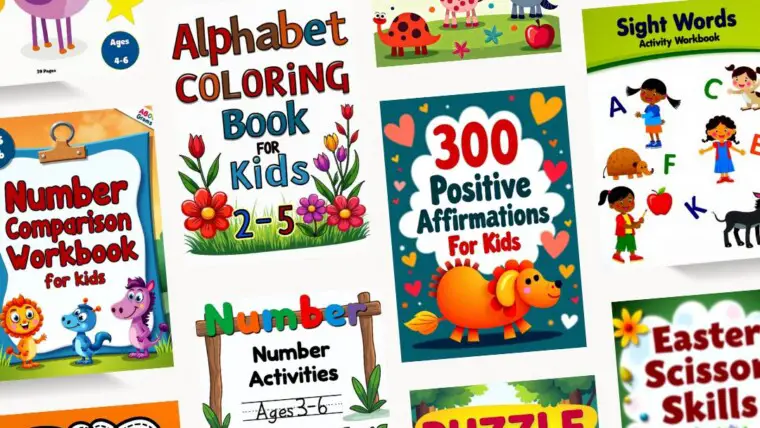
Maze Rampage Kids Activity Books: Unlock Fun and Learning for Toddlers and Preschoolers!
Engage Your Creative Mind with 2,500+ Free Adult Coloring Pages
100 Wasp Coloring Pages For Kids
48 Termite Coloring Pages For Kids